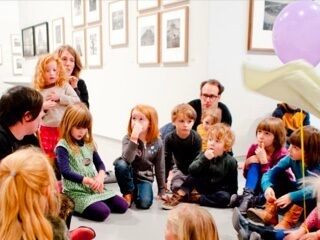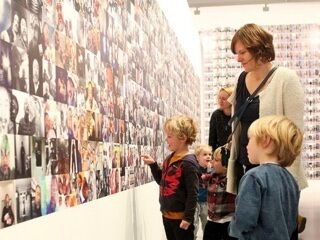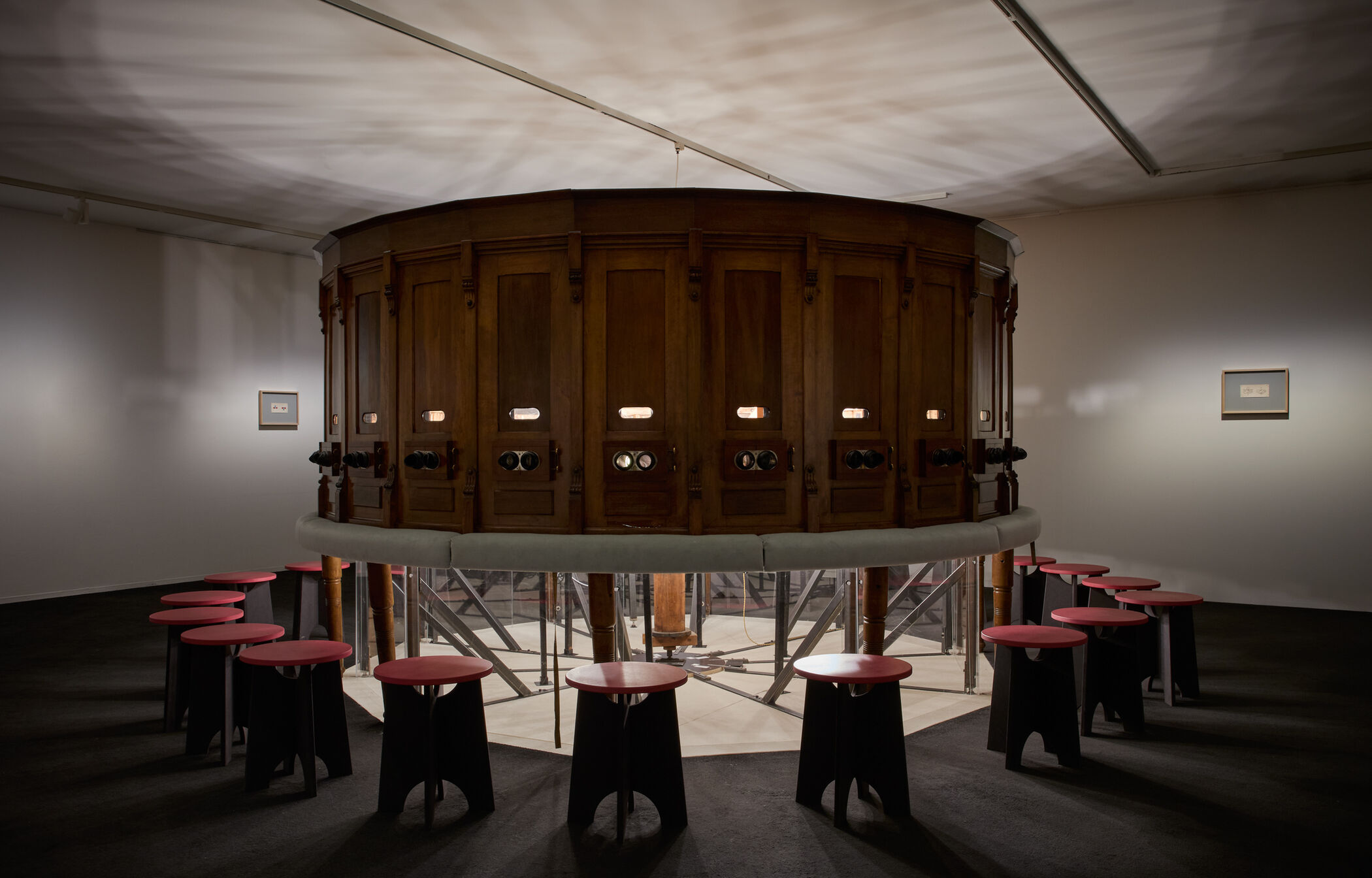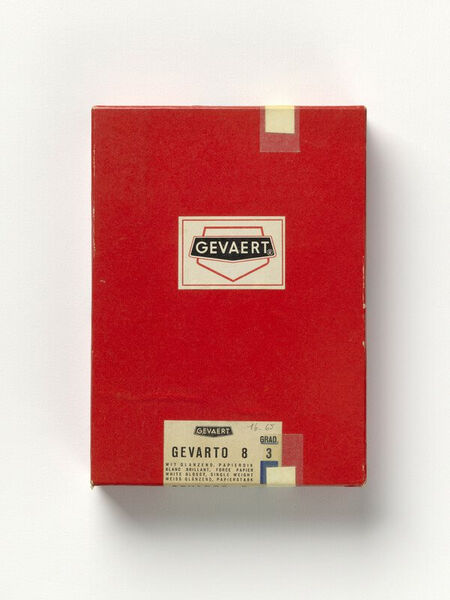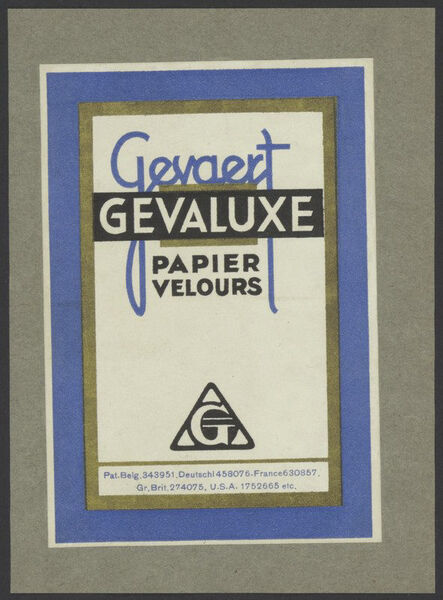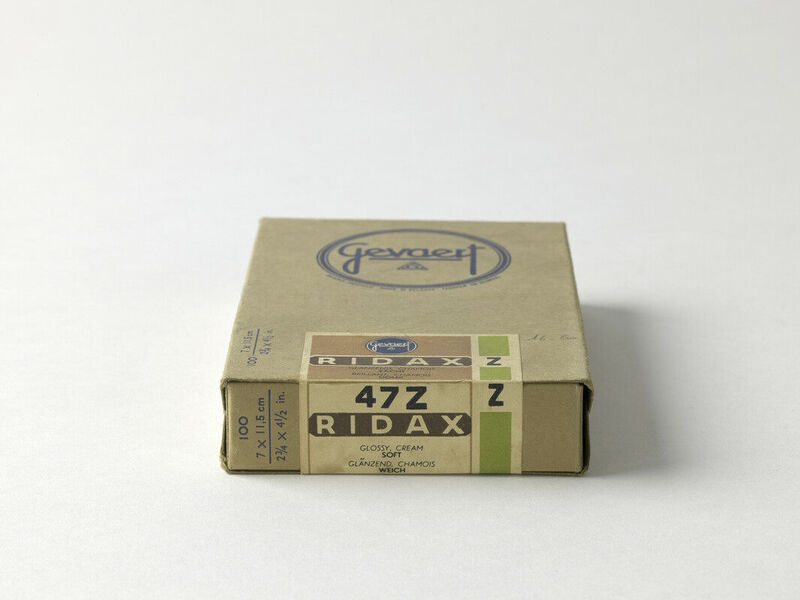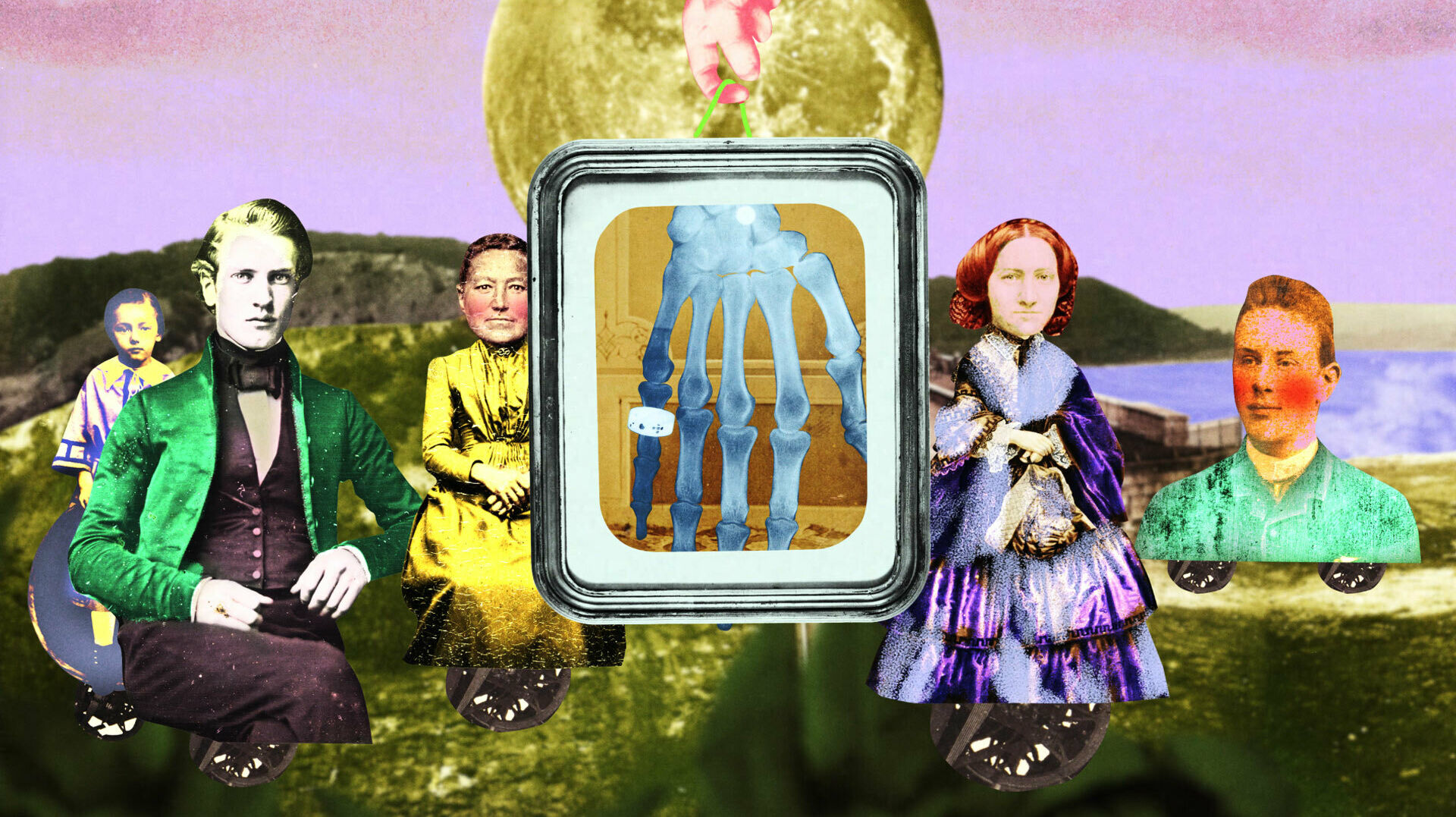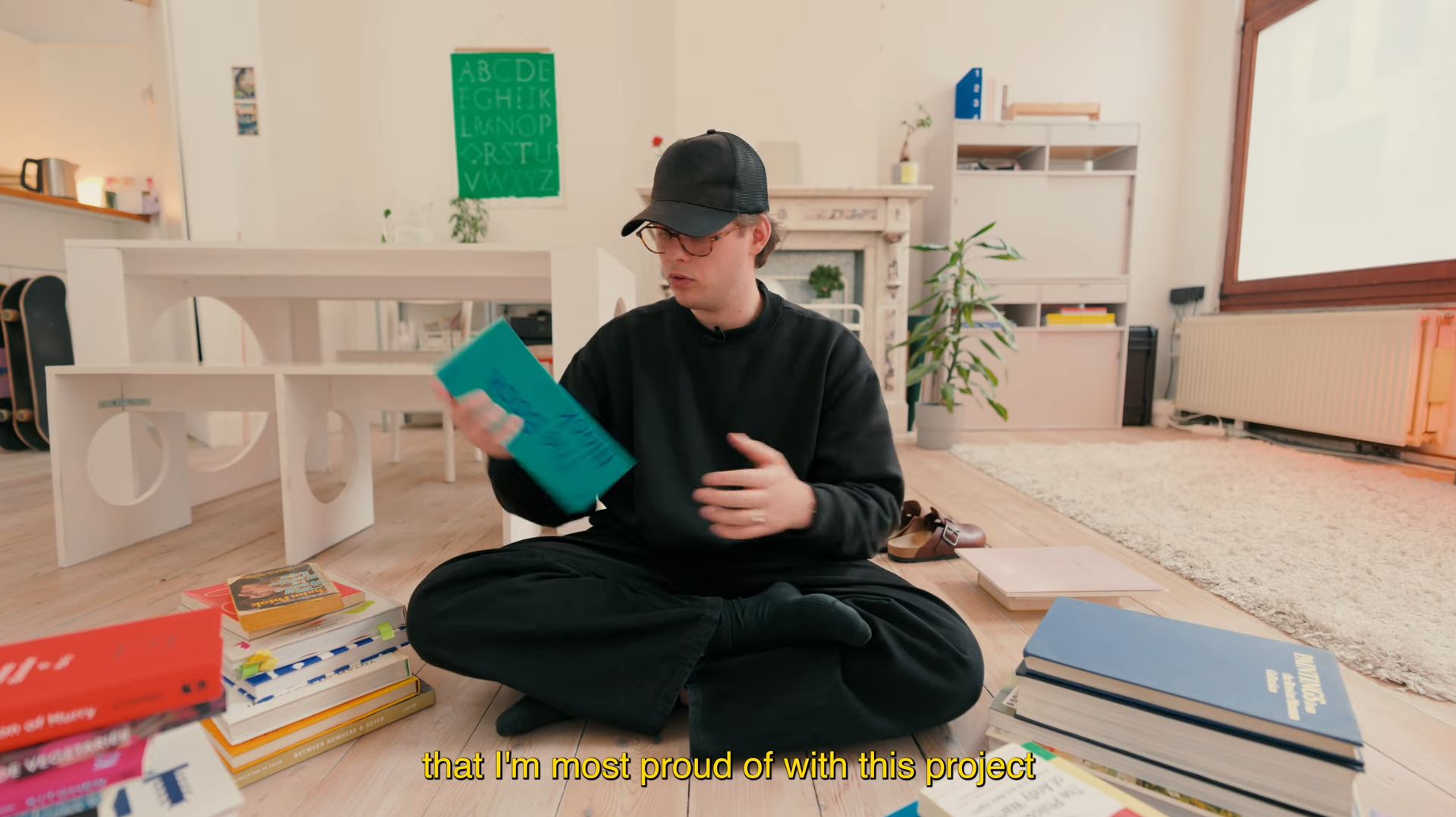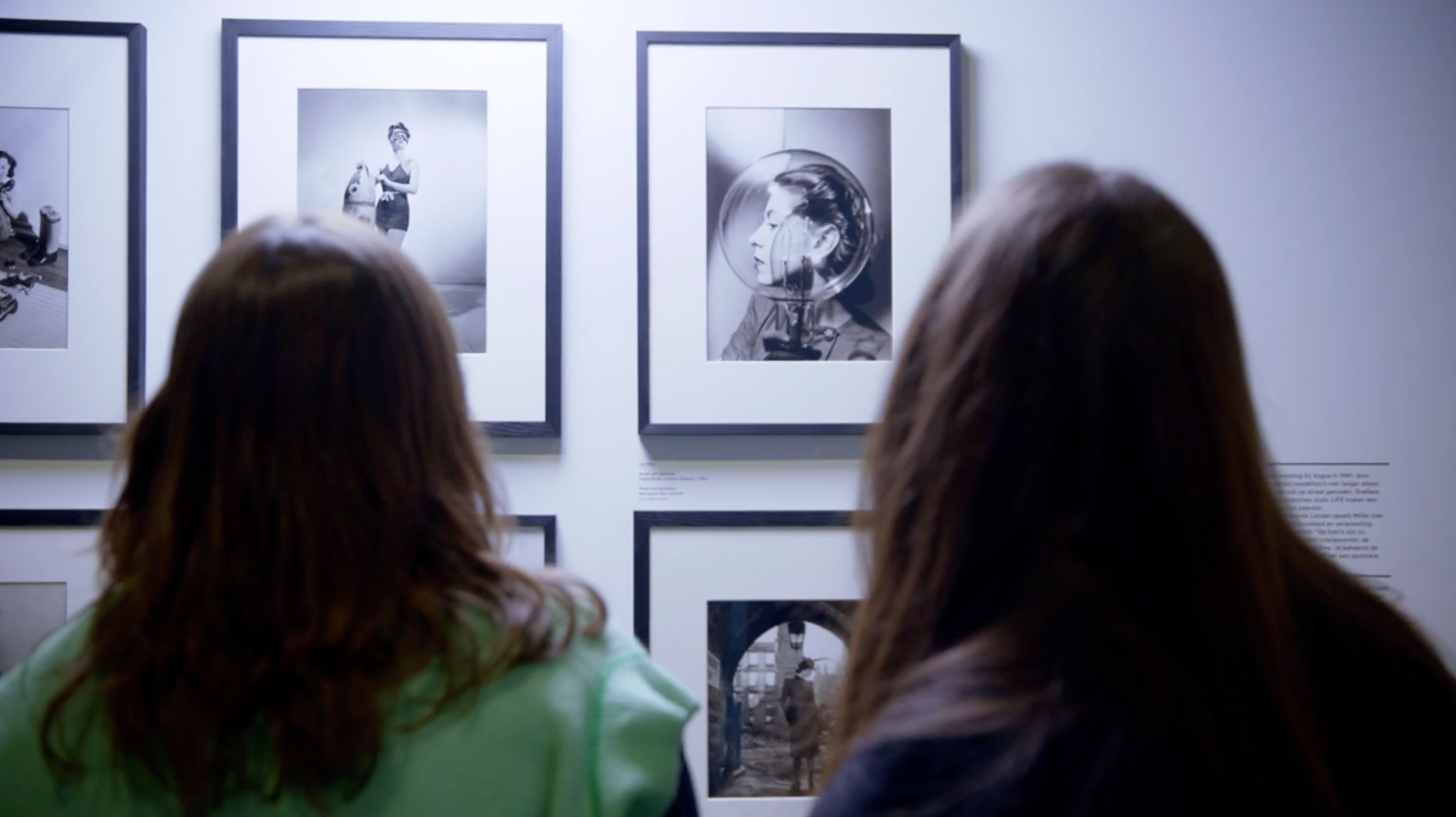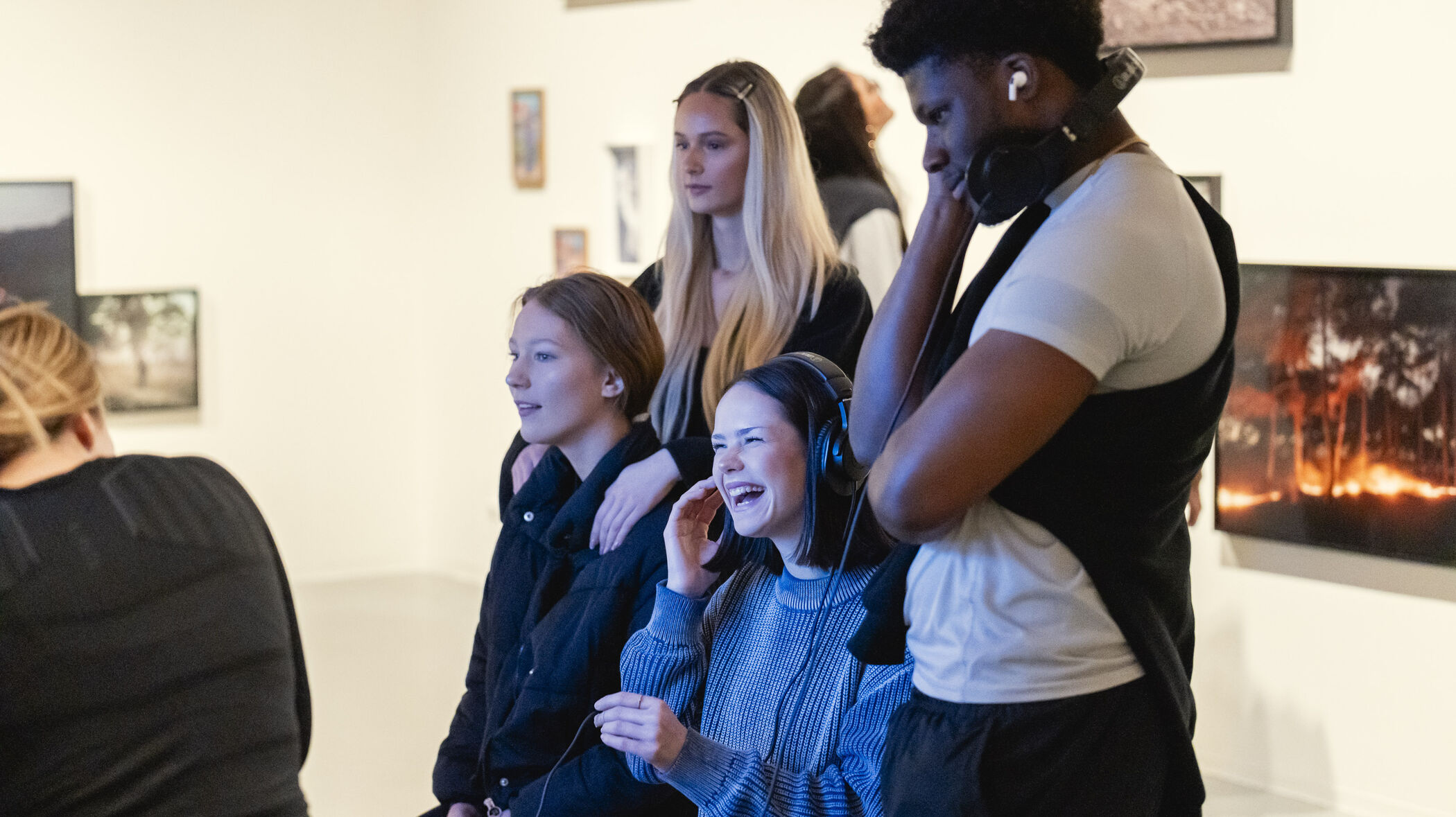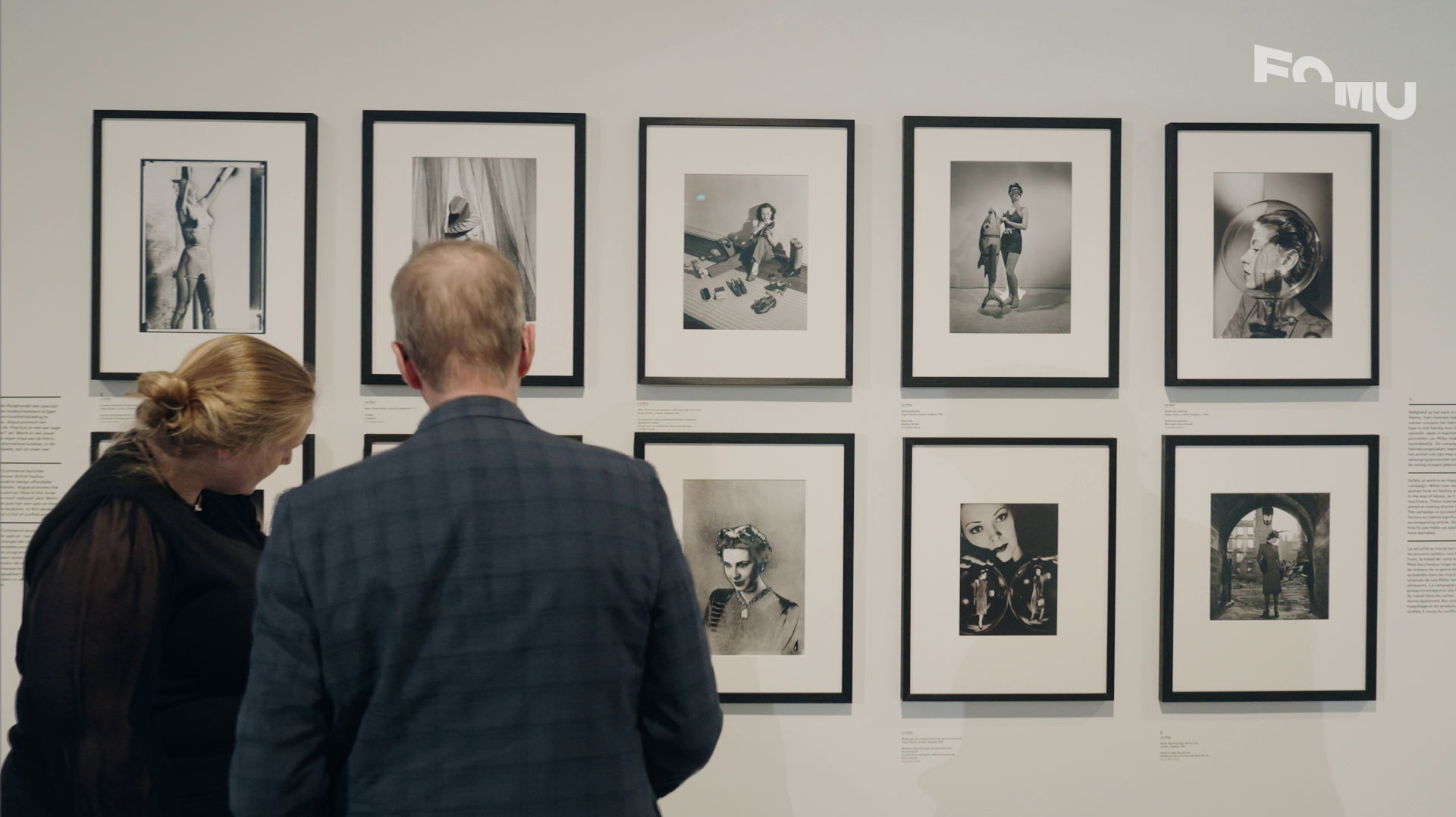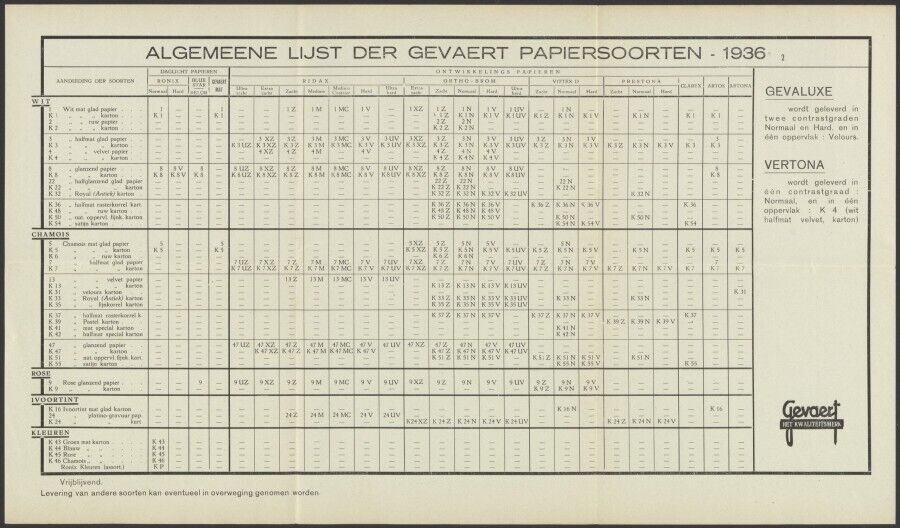
FOMU-collectie
The Gevaert Paper Project,
unlocking a historical collection
FOMU is making the historical Agfa-Gevaert collection available in the Gevaert Paper Project. This will give the general public access to a wealth of photographic paper, photo documentation, packaging and sample books from the period 1894-1964.
Challenge
Black and white photography peaked in the 1930s. Its cultural impact and relevance, and the diversity of paper and number of manufacturers were all immense. Elements such as texture, gloss, colour and thickness make each paper unique and can teach us a lot about photographers’ technical and artistic working methods at the time. The paper also tells us more about the ways in which manufacturers managed photographers’ expectations. The successful L. Gevaert & Cie company from Antwerp was one of these manufacturers, and it merged with the German company Agfa AG in 1964.
In 2015, the Province of Antwerp took over this glorious photographic paper producer’s historical archive before joining forces with the Photo Museum (FOMU). Together, they wanted to find a way to re-purpose this company archive and so launched a preliminary process which then created momentum for further plans. This resulted in the Gevaert Paper Project: unlocking a reference collection of photographic paper, packaging and documentation, which started in 2020.
But the Agfa-Gevaert collection is very extensive, and making all the available content accessible would be out of scope for this project. It was therefore decided to focus on the photographic papers, packaging and documentation, which together amount to around 50 linear metres in total. FOMU also has its own collection of photographic packaging and sample books, adding around 2,550 further items.

Historical Collection Agfa-Gevaert, Blue Star Labels, Collection Fotomuseum Antwerp, 001-GEV_0008_0002.
Why?
'Reading' photo papers provides a lot of information/data about the language of photographers and photo manufacturers. You do this 'reading' on the basis of careful observation and specialized knowledge. Elements such as texture, gloss, color and thickness make each paper unique. If you can identify it, you can name the producer and you will learn a lot about the technical and artistic working methods of photographers. In addition to the photo papers, the photo packaging and documentation about these materials also give us insight into analogue black-and-white photography from the 20th century.
In collaboration with digital heritage expert meemoo, we make this material and the associated information accessible as open data and link it to the FOMU collection of photo packaging and sample books. This will be the first reference collection of that size in Europe. This makes collaborations possible with similar collections elsewhere. In this way we contribute to the preservation and management of this analogue heritage.Approach
The Gevaert Paper Project gives FOMU the opportunity to maximise the potential of open data in managing its large-scale archival collection. Given the scope of the project, FOMU is intending to tackle the (basic/extended) registration, preservation, digitisation and unlocking of networked content as (linked) open data in three consecutive phases.
The first phase consists of preliminary research and unlocking a test selection. It started in 2020 with support from the Flemish Government and will end in 2021. Following on from this thorough preparation, the implementation work will then take place in two subsequent phases.
We will conclude the project in 2024 with the exhibition Outdated Paper? Photographic paper from the Gevaert archive.
Result of the project
When the project is complete, FOMU will be better able to respond to the many questions it receives from researchers and heritage professionals. The project will also enable continued research into the management of extensive photographic resources in a museum context, and develop methodologies for sharing them with the sector. FOMU is therefore contributing to the preservation and management of this analogue heritage.
Agfa-Gevaert still has an active heritage community of former employees who care about the collection. This group consists primarily of people with specific knowledge and expertise in analogue photography. At a later stage, FOMU is aiming to safeguard its knowledge and expertise for the future, and is currently exploring ways in which it can research and use this information, and make it accessible.
This article was written together with meemoo and was also published on the meemoo-website

